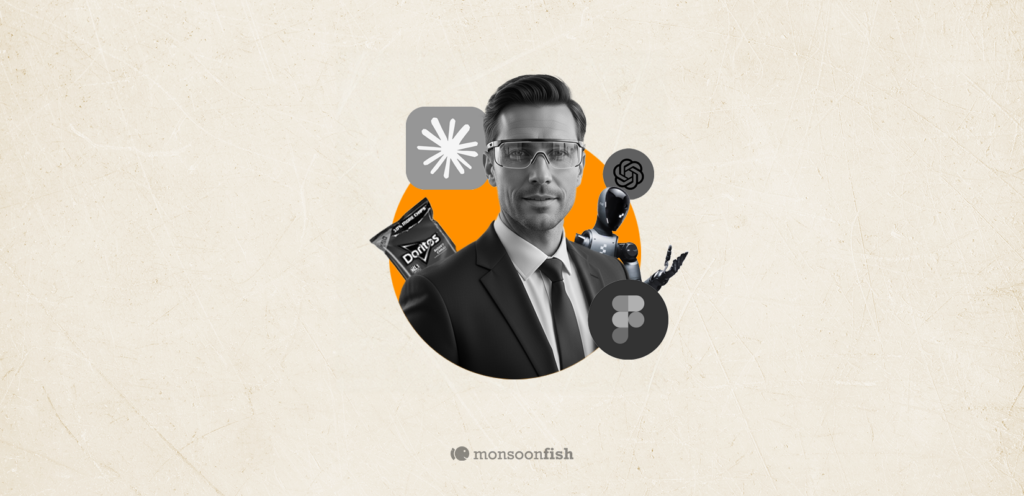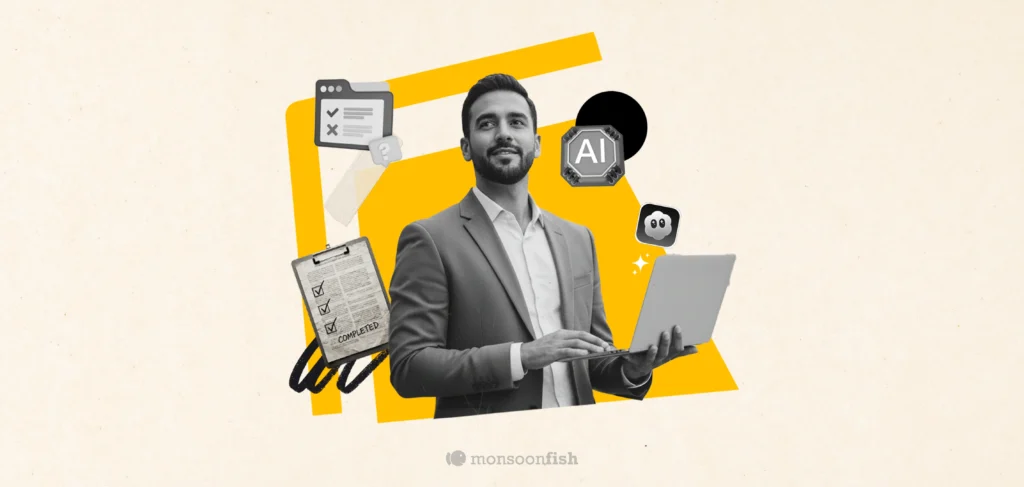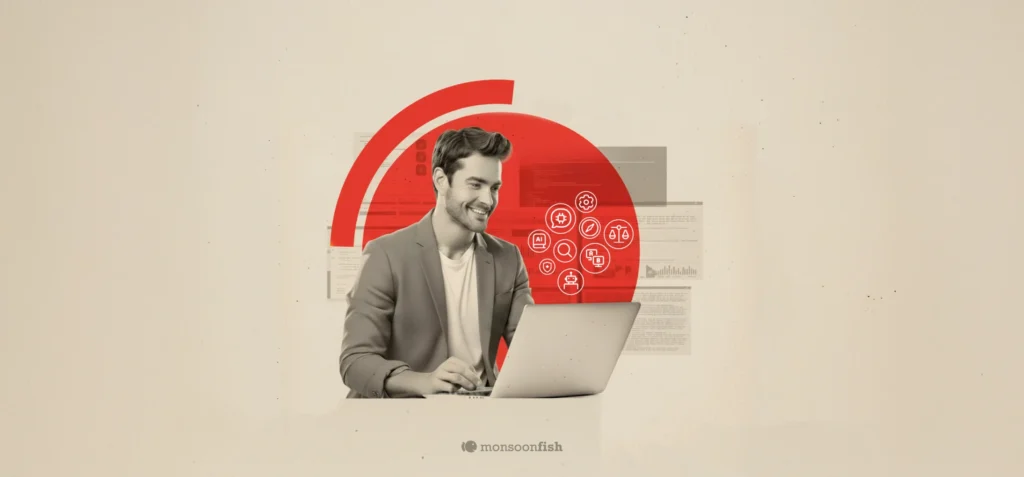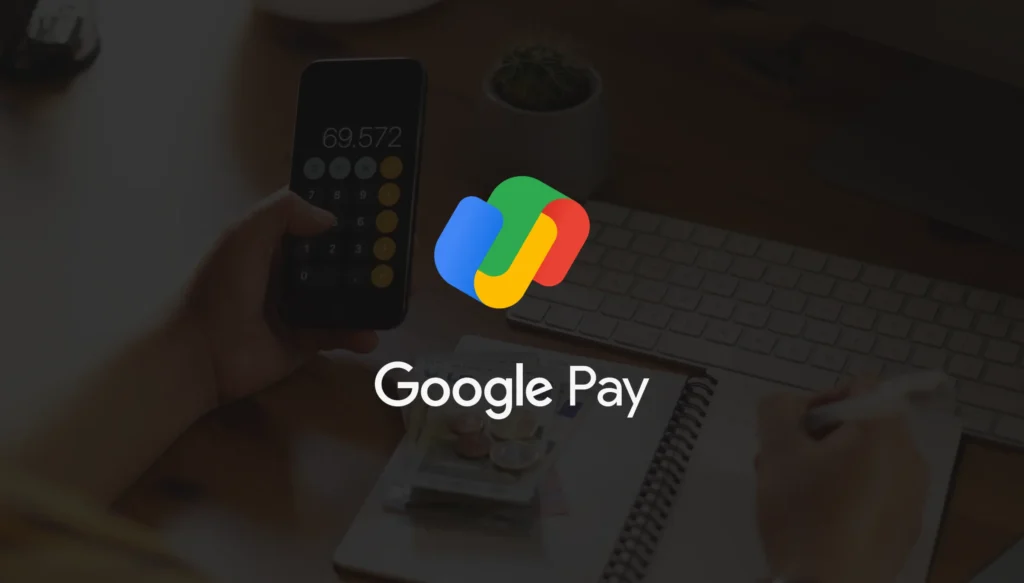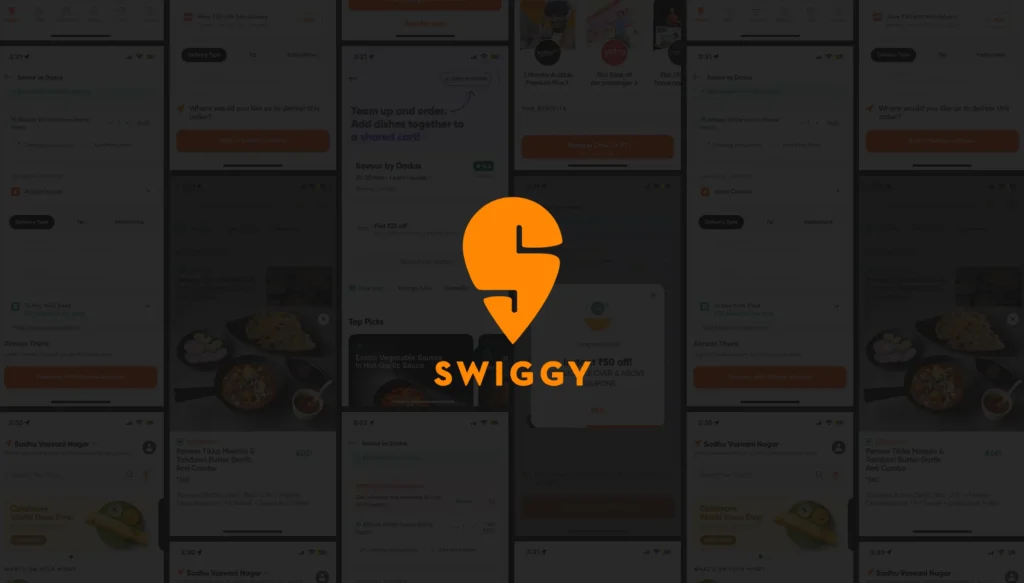When AI in UX Stops Helping and Starts Annoying
AI knows what we want—sometimes too well. When does helpful turn creepy? Explore the fine line between smart UX and unsettling AI predictions.
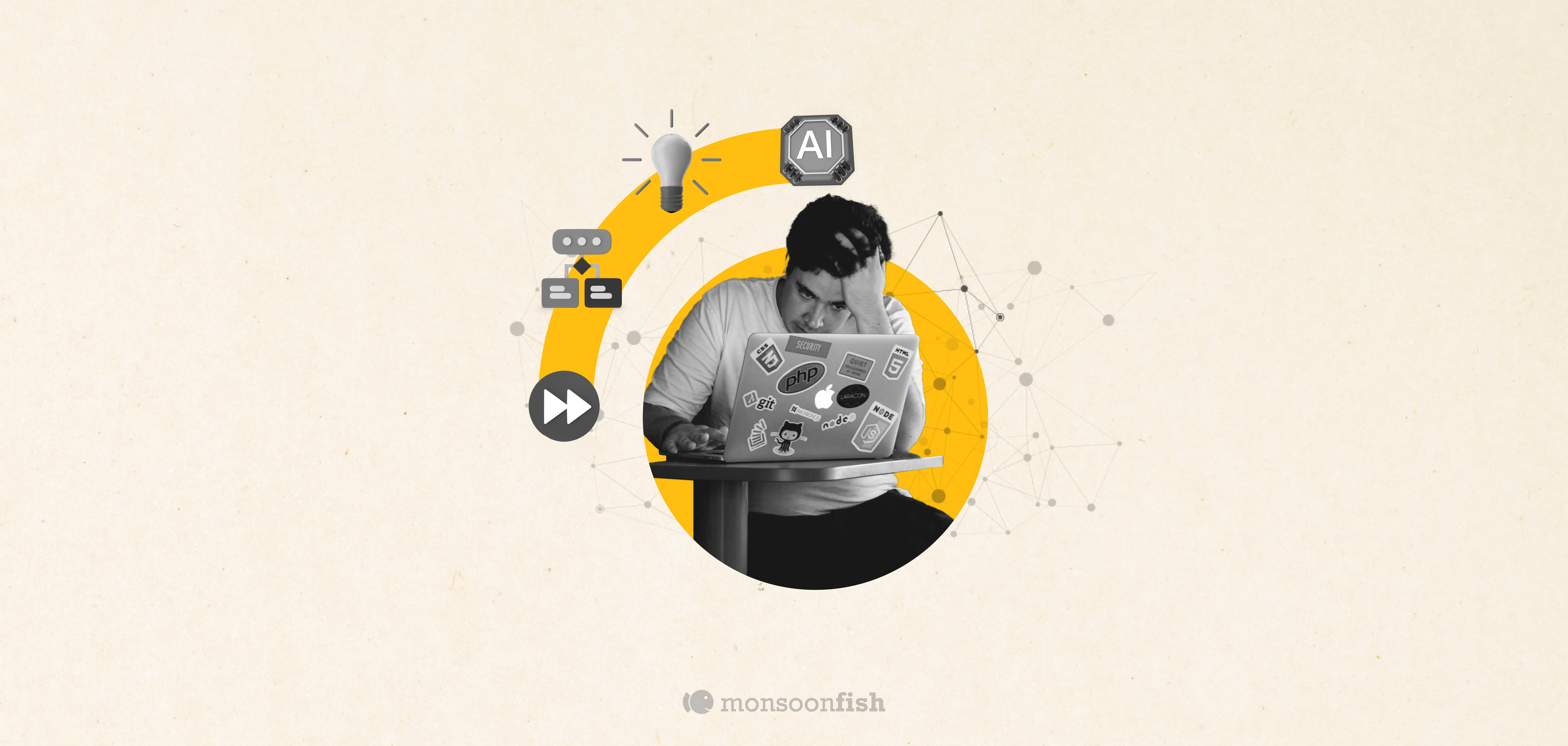
AI is supposed to make things easier. Faster. Smarter. But let’s be real—sometimes, it just makes everything more complicated.
Ever tried talking to an AI chatbot that goes in circles? Or had a recommendation engine insist you want something totally off? AI-powered UX isn’t always smooth sailing. In fact, sometimes it makes users feel overwhelmed, confused, or just plain frustrated.
AI Fatigue: When Too Much “Smart” Feels Dumb
Every app, tool, and website wants to be AI-powered now. Your inbox auto-suggests replies. Your calendar predicts your schedule. Your shopping cart throws in 10 extra suggestions. It’s a never-ending wave of micro-decisions AI forces us to make.
- Do I trust this AI-generated summary or read the whole thing?
- Should I click the chatbot suggestion or type my own query?
- Is this “smart” recommendation actually smart—or just a shot in the dark?
The result? Cognitive overload. Instead of simplifying, AI often just adds another layer of thinking.
The Black Box Problem: “Just Trust Me, I’m AI”
AI makes decisions, but rarely tells us why. Why did it reject your loan application? Why does your social feed show those posts? Why does Google Maps suddenly reroute you?
Users don’t like mystery—especially when AI is making choices for them. But here’s the catch: Explain too little, and people don’t trust it. Explain too much, and people tune out.
The sweet spot? Clear, digestible explanations without the tech jargon. AI should feel like a reliable friend, not a shady magician.
When AI Fails: The Epic UX Faceplants
AI isn’t perfect, and when it messes up, it really messes up. Some classic AI-powered UX fails:
Netflix’s “perfect” recommendations that make you question your entire taste in movies.
Auto-moderation gone wrong, where AI bans harmless content while letting actual harmful stuff slide.
Chatbots that don’t understand nuance, turning simple questions into a never-ending loop of frustration.
When AI gets UX wrong, it doesn’t just annoy users—it breaks trust. And once that happens, it’s hard to win back.
The Fix? Keep AI Human-Friendly.
Don’t let AI overwhelm users. Less automation, more meaningful choices.
Explain decisions, but keep it simple. No one wants a PhD in machine learning to understand their shopping cart.
Test AI like crazy. If a chatbot can’t handle sarcasm, it’s not ready for the real world.
AI in UX isn’t going anywhere. But if we want people to actually enjoy using it, we need to design it with clarity, simplicity, and common sense—not just more “smart” features.
CATEGORIES
